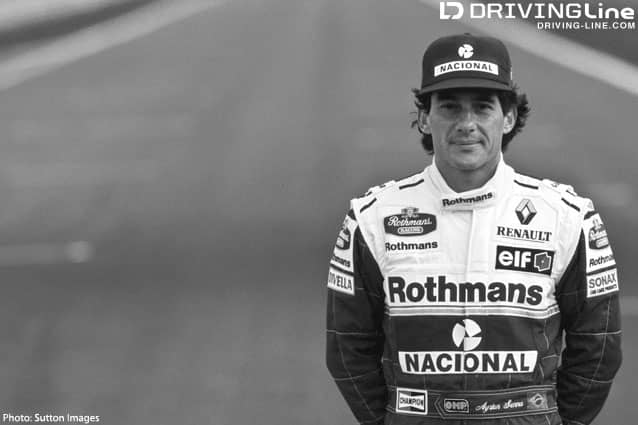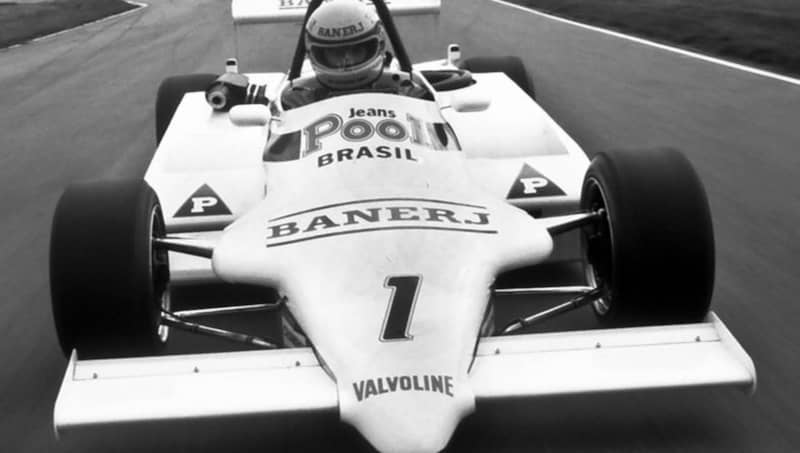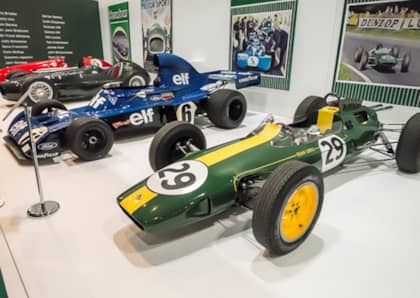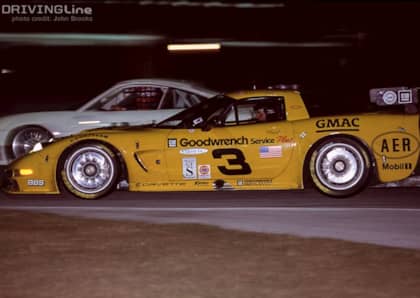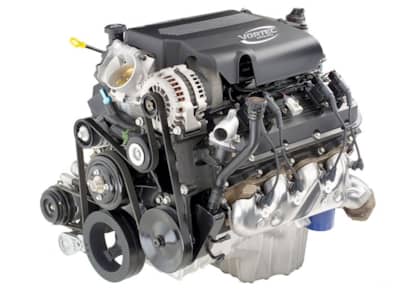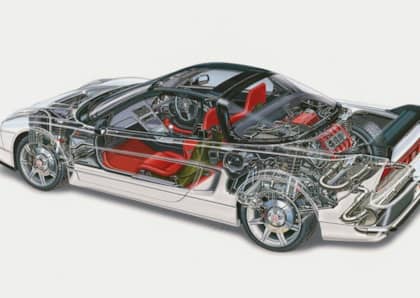Ayrton Senna - Crossing A Star
There are a very few sportsmen whose very name becomes synonymous with the sport that they compete in. The names Pele, Ali, and Tiger all conjure up images of sporting excellence when at their peak. Motorsport has added some of its own heroes throughout its history – Nuvolari, Fangio, Schumacher, and recently back in the public eye, Senna. Since his premature death at Imola in 1994, the legend has grown and Ayrton Senna now transcends the sport and is recognisable by almost anyone, motorsport fan or not. As the years pass and his 20th Anniversary of his passing comes into view, the recent documentary “Senna” has re-ignited interest into the complex and contradictory man. The conclusion is that this individual was indeed in a genius behind the wheel but one that was somehow fundamentally flawed. It is difficult to reconcile the man possessed who drove his rival, Alain Prost, off the road at the start of the 1990 Japanese Grand Prix, thereby putting the whole grid in mortal danger of collision while bunched up for the first turn. How does this reconcile with the compassionate man who used his accumulated wealth to set up a charity for those who found themselves born into less fortunate circumstances. That the Senna Foundation only came to light after his death is another element in the puzzle, the philanthropy was genuine, not some PR stunt, as is the case with the majority of “celebrities” adopting a worthy cause. The Senna Foundation was about the beneficiaries, not the donor - he did not feel the need to be seen in a favourable light. The film “Senna” is largely about the exploits of Ayrton Senna in Formula One, his three World Championships, his struggle with Prost, and finally his death at Imola. His early career receives little attention, save for showing his roots in karting, where as one might expect, he competed at World Championship level. Between these stages in his career came a brief period of racing in the UK - his motorsport apprenticeship, if you like. 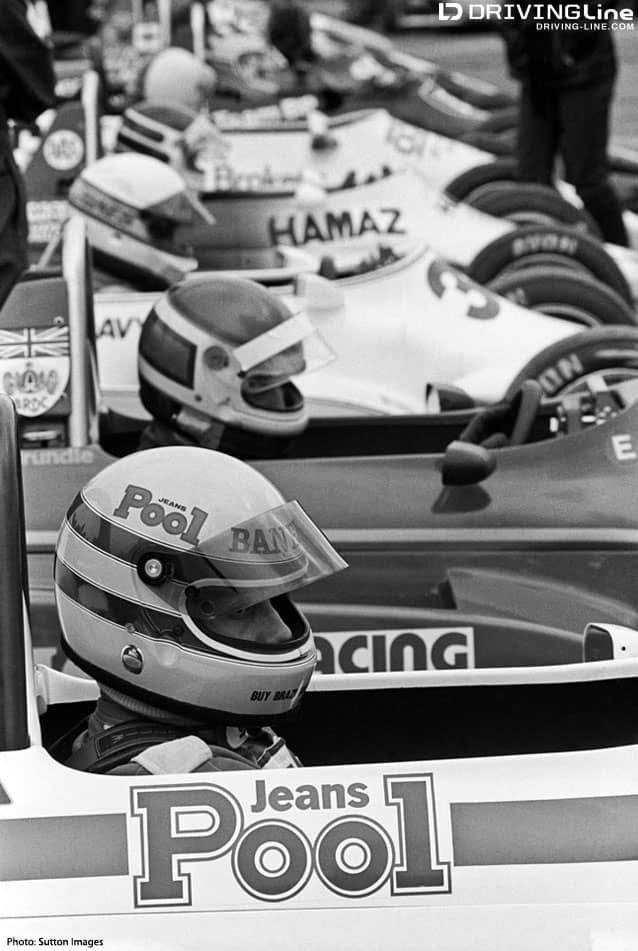
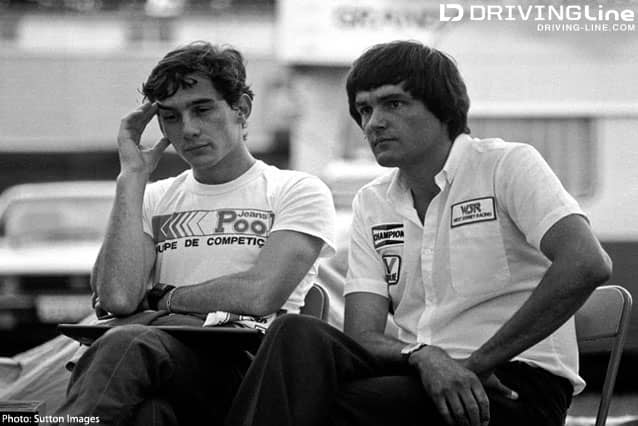
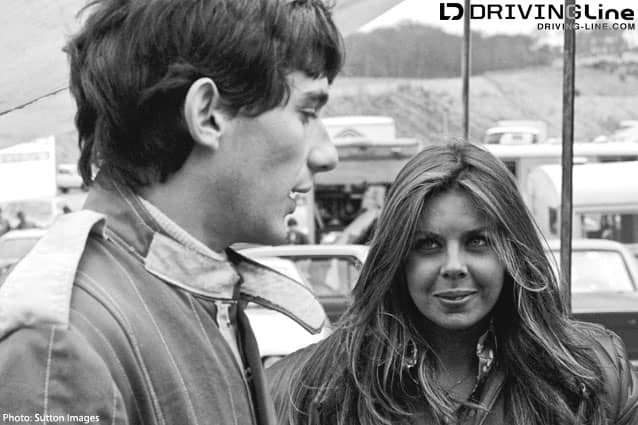
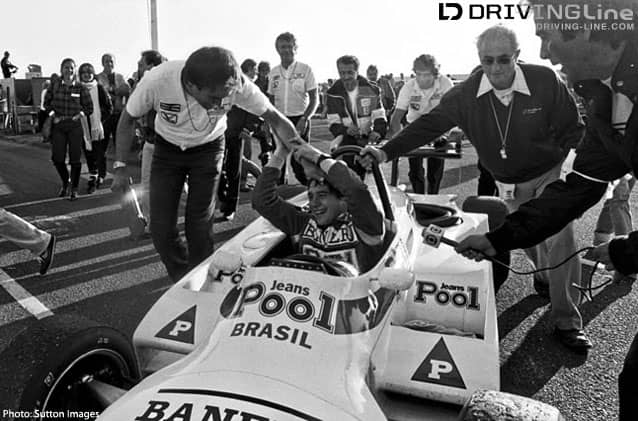
Whatever the personal cost, on track things worked as planned, he comfortably won both titles. During that year Senna showed the kind of intelligence that would illustrate the difference between him and his contemporaries. He linked up with rising star photographer, Keith Sutton, and got him to send out press releases to all the Formula One team bosses, detailing his successes in FF2000, completely unheard of at the time but a good example of his forward thinking.
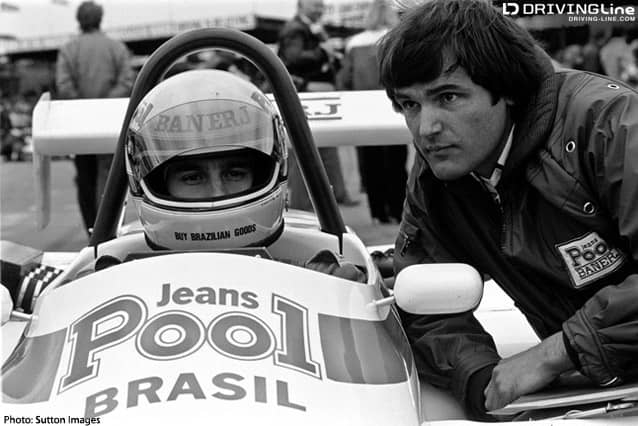
Ayrton would nod hello to me at most races in 1983, I was on the edge of the team and he was friendly enough, however the same drive that had caused him end his marriage ensured that he was intensely focused. Senna was four years younger than me but he was light years ahead in the mental department (nothing changes). He spent every moment at the track thinking about how to make the car and himself perform to the optimum, so he had little time for idle chatter with a photographer. Looking back he was, of course, on the money.
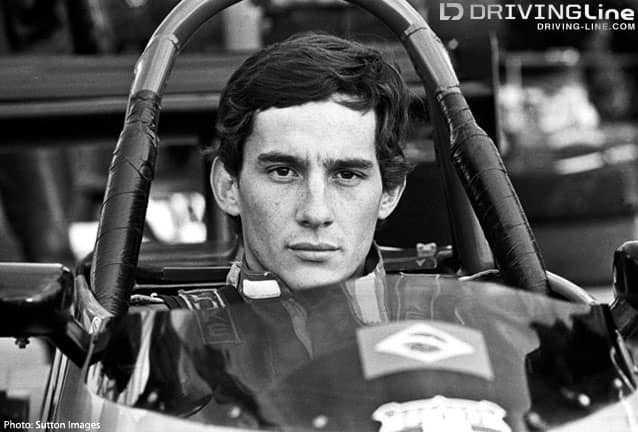
Off track, Ayrton Senna followed the same principles that he did while behind the wheel; you were either for him or against him. Those who tried neutrality were consigned to the wrong side of the line. Again, nothing personal, just business. Those who were on the right side of the line that he drew found a warm, loyal friend, an intelligent and engaging man on the up. Most of us neutrals admired him and his talent. We instinctively understood his approach; motorsport was changing and the era of maximum attack was at hand. Senna would provide the blueprint for those who would follow - these days, even the most microscopic of talents has a manager and a PR agent. It must be worth some time on the track as Senna had one, goes the rationale.
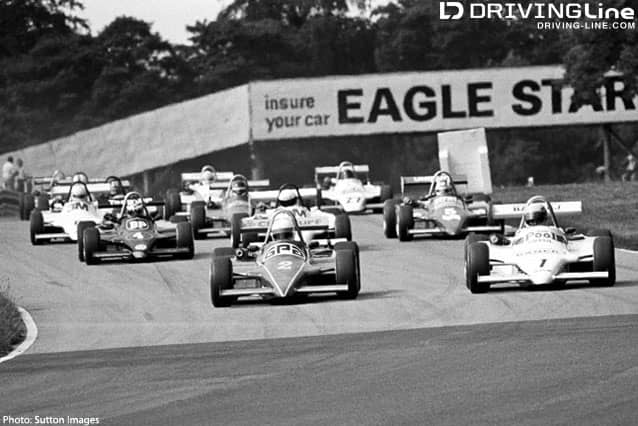
The 1983 British Formula Three season is remembered as one of the most fiercely contested, even by the high standards of this historical competition. However anyone conducting even a cursory review of the Championship after the 9th round, near the halfway point, would have reached a very different conclusion. At that time nine points were awarded for a race win plus one for fastest lap, so theoretically the maximum points that anyone could have scored at that point in the season was 90………..Senna had 88.
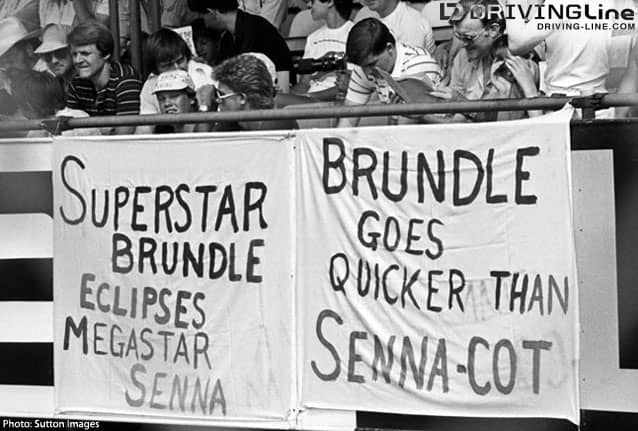
His only real opposition in 1983 for the title came from an Englishman, Martin Brundle. Despite the pummelling he received in the first half of the year, Brundle consistently raised his game and took the challenge to Senna. At first Ayrton made a mistake in a non-points scoring round giving a win to Martin.
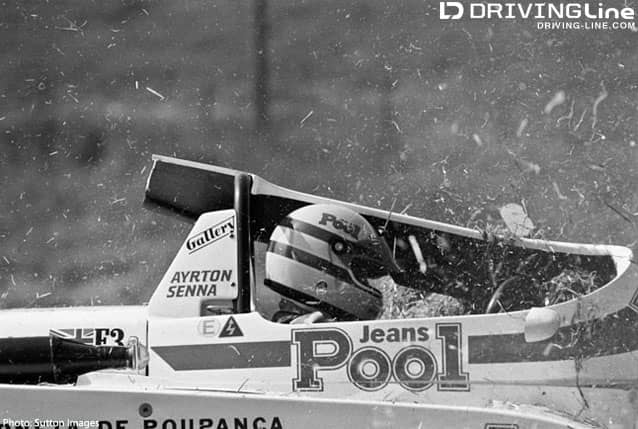
The Brazilian seemed to get a bit rattled and alternated several wins with collisions and accidents. He even tried to kill me during Qualifying at Cadwell Park when he hit an earth bank that I had just managed to vacate a second or two earlier, nothing personal, just business.
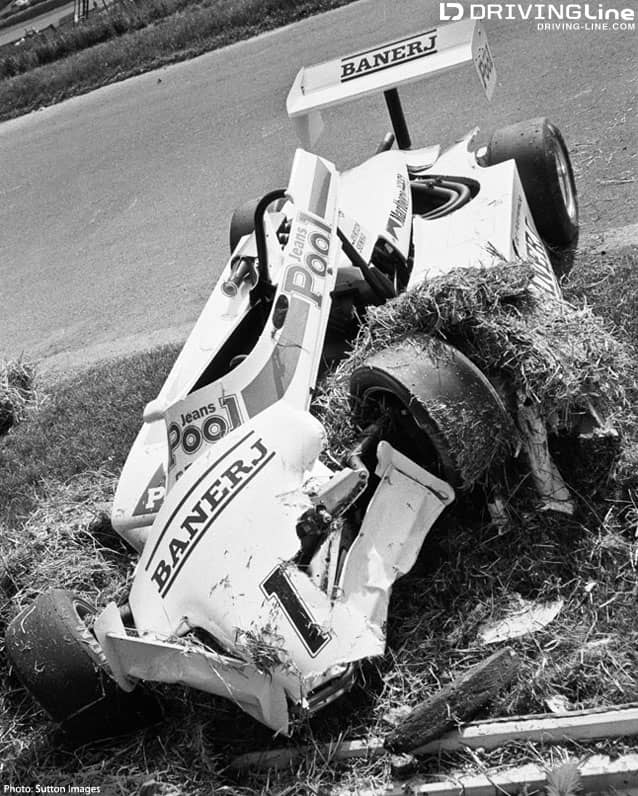
This wreck was followed by another clash a week or two later, this time with Brundle at Snetterton. An optimistic move from Senna was blocked by a resolute Brundle. Another win for Martin, another retirement for Ayrton. The Race Stewards were kept occupied for hours trying to work out who, if anyone, was to blame. No conclusion was reached but relations between the drivers and both the teams was strained to say the least. Certainly the crew at WSR were not happy not least because they had to set to and rebuild the car once again. This was having a serious effect on progress, as Dick Bennetts put it at the time “You can’t go testing when you are spending late nights rebuilding a car.” The Kings Head saw precious little of the team personnel during the mid summer period.
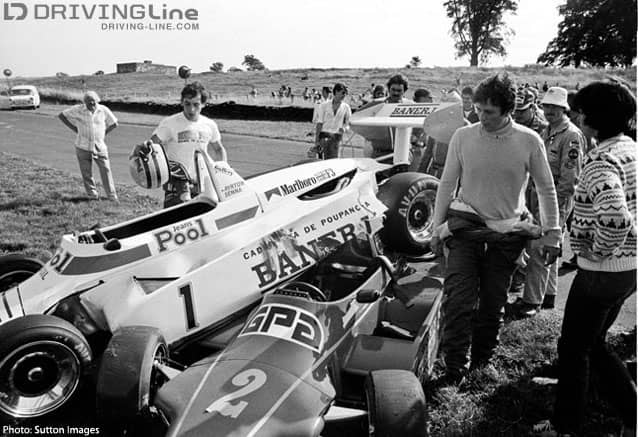
Matters on track boiled over a month later at Oulton Park. The leading pair(Brundle and Senna) were scrapping for the lead when Ayrton tried a move that stepped over the boundary of recklessness. The result was that both cars retired on the spot with the WSR Ralt ending up perched on the top of the EJR example. The Stewards moved swiftly to nip this nasty situation in the bud, someone was going to get badly hurt if the fight was allowed to escalate. The Brazilian got a £200 fine plus an endorsement on his licence, this was not popular with WSR or their star driver. Another race another rebuild. No Kings Head for WSR, just another set of late nights and early mornings; ah, the glamour of motorsport.
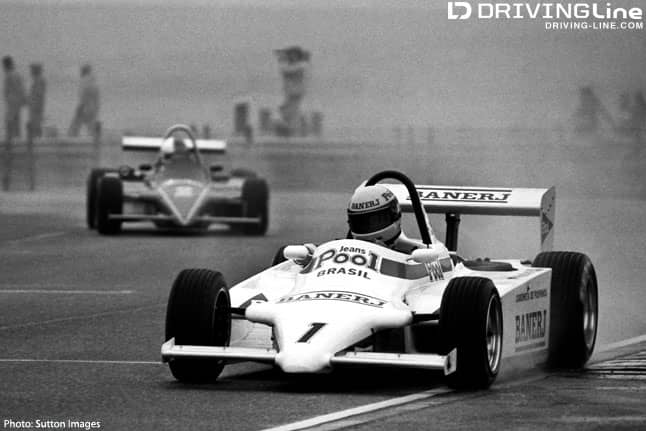
As with all great Championships it all came down to the last race, whoever won would take the crown. With a surprising lack of drama Ayrton did it, finishing just ahead of Brundle in what was a dull race. On reflection was the appropriate order of things, Senna was a worthy Champion but Martin Brundle could hold his head up high, both were destined for greatness it seemed at the time. The next task was to retreat back up towards base and celebrate. The Kings Head was busy that Sunday, then thanks to the Licensing Laws a mob ended up at The Riverview Club, eating and drinking to excess. Someone, not sure who, spiked the drinks of those who were on non-alcoholic beverages, including Ayrton’s mother. So everyone was intoxicated, and for the revellers the next day passed quietly.
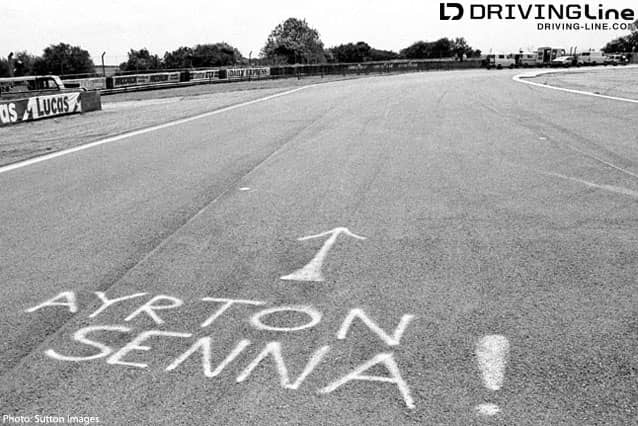
Offering my rambling congratulations to the new Champion at dinner that night was the last time I spoke to Ayrton. The next year he graduated to Grand Prix racing and proceeded to turn that world upside down.
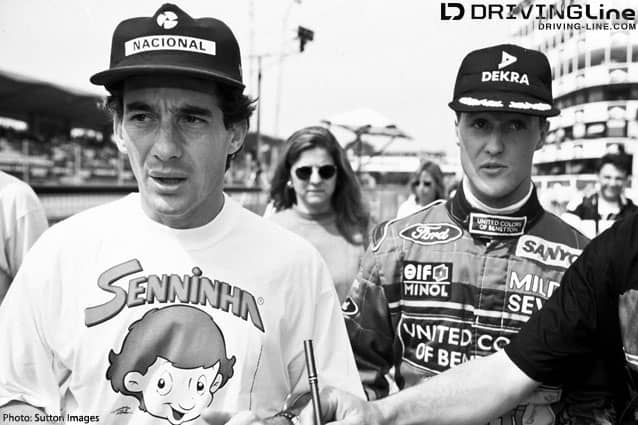
By 1994, some ten years later, Senna was almost a household name. He had to fend off the attentions of a young German upstart who went by the name of Michael Schumacher. By now, Senna had left McLaren, who were in a period of relative decline, signing for the Williams team, who were leaders of the pack. The 1994 Williams Renault FW 16 was not yet the finished article and was really only at the head of the field through the sheer willpower of the Brazilian. The first three races went to the German but on 1st May the cars were lined up for the San Marino Grand Prix, held at the Autodromo Enzo e Dino Ferrari, Imola. The natural order of things would reassert itself, surely. 